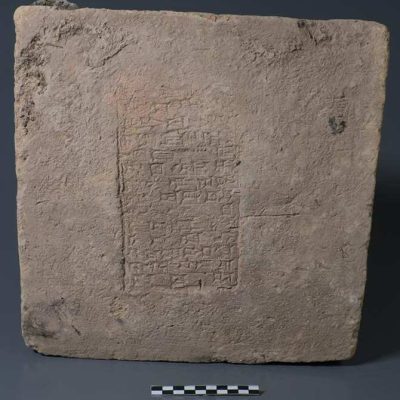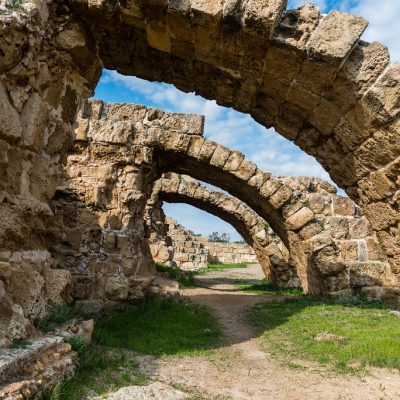In the Neolithic period, endocannibalism was widespread in Europe. Members of the Magdalenian culture would eat their dead instead of burying them. This practice was also observed in Papua New Guinea until it was banned in 1954 due to health concerns. Endocannibalism was found to be a cause of Kuru, an incurable disease transmitted through the consumption of infected brains, leading to a painful death within a year. Researchers from the Centre for Human Evolution Research at the Natural History Museum have now discovered that endocannibalism was also prevalent in Europe during the Neolithic period.
The researchers examined over 100 human bones from Gough’s Cave, a Paleolithic site in England, and found numerous cut, break, and chew marks on them. They also examined other archaeological sites attributed to the Magdalenian culture to properly classify the bones from Gough’s Cave. The findings suggest that the consumption of human remains was not uncommon in the Neolithic period in northwestern Europe and was not just a last resort. Cannibalistic communities in northwestern Europe also had genetic similarities, but they were later replaced by epigravettian cultures that preferred conventional burial methods, leading to the disappearance of cannibalistic burial rituals.
According to William Marsh, the researchers have enough evidence to suggest that endocannibalism was a widespread burial practice among Magdalenian groups in northwestern Europe. The researchers also noted a shift in genetic lineage and burial practices during the end of the Paleolithic period, indicating a displacement of the population as epigravettian groups migrated north. The study sheds light on the cultural practices of ancient societies and their impact on the evolution of human societies.









